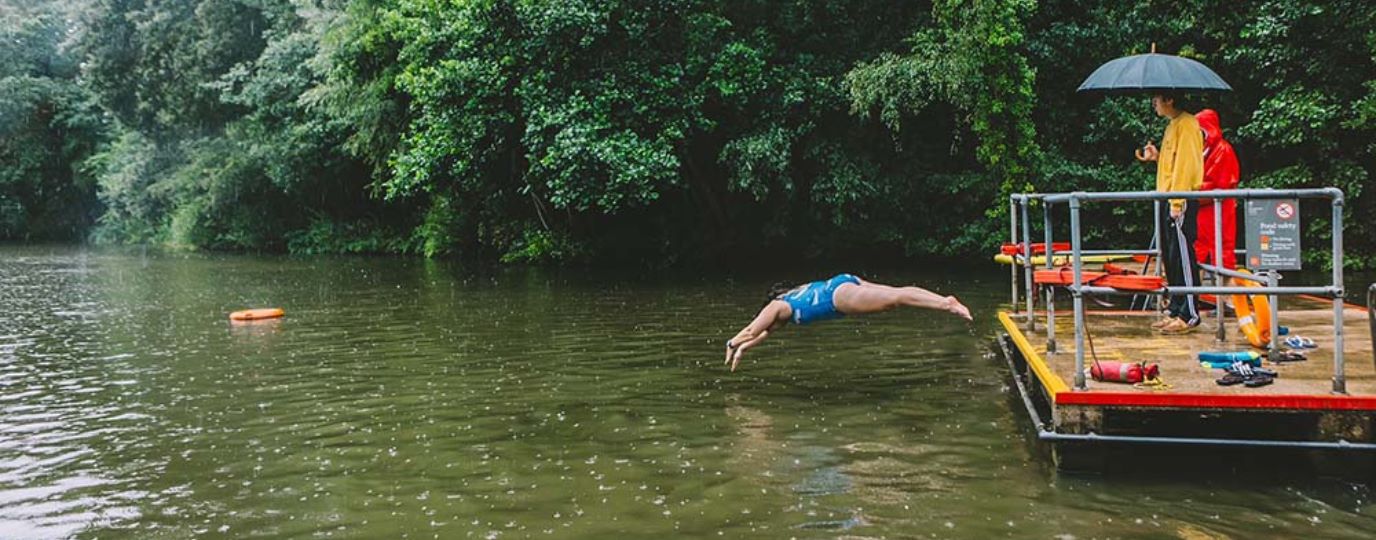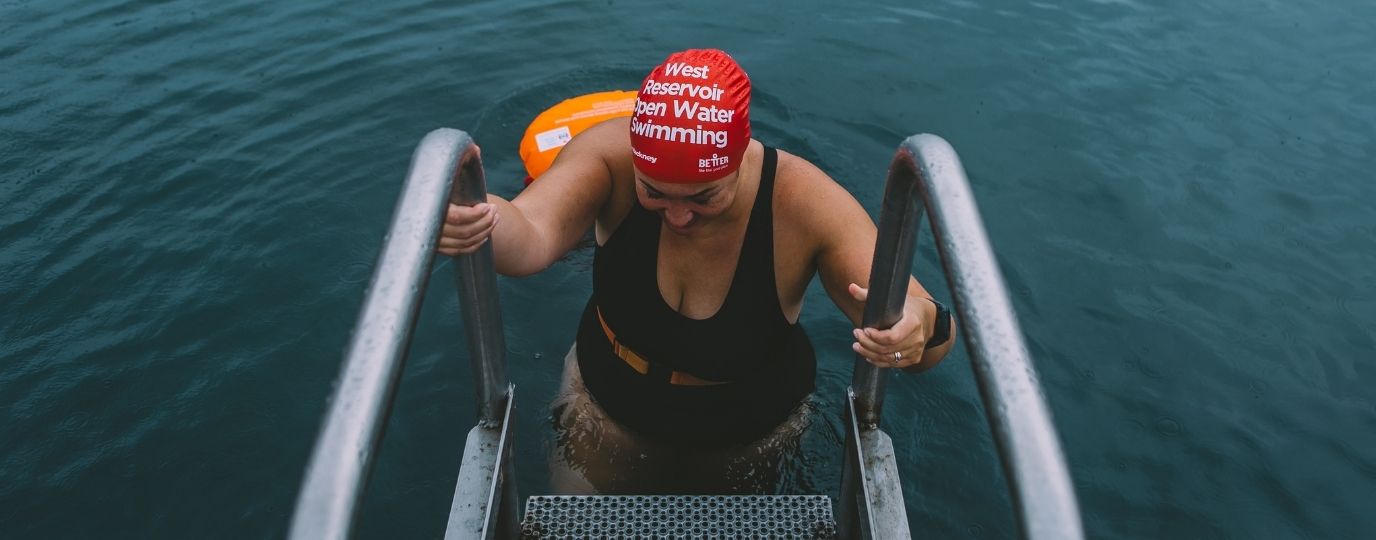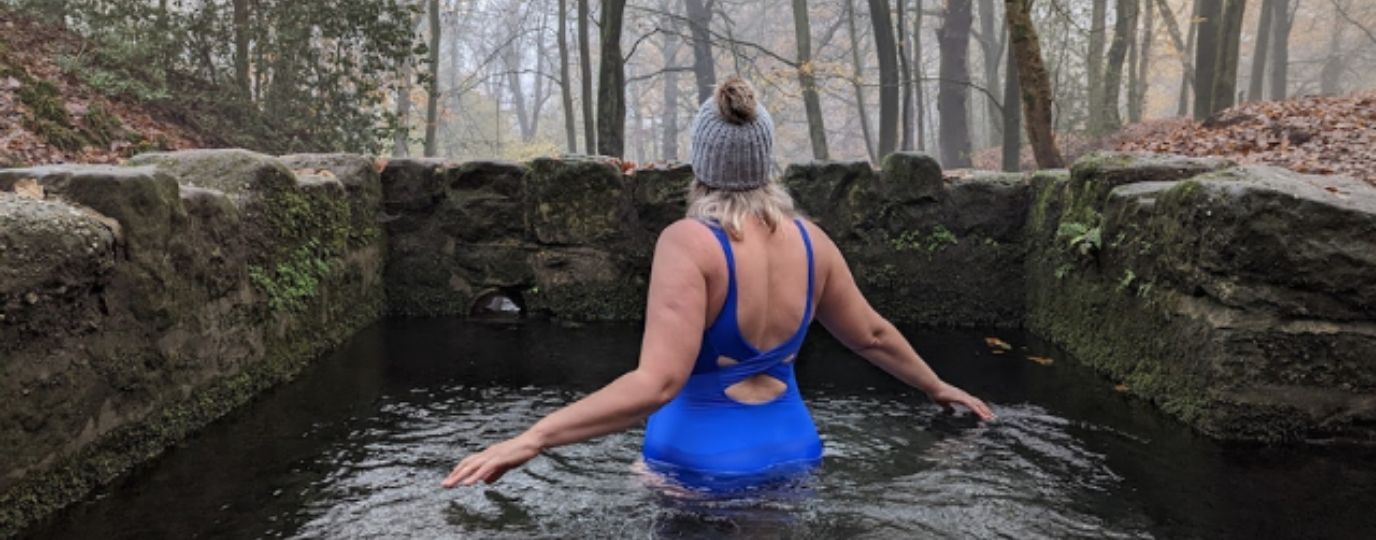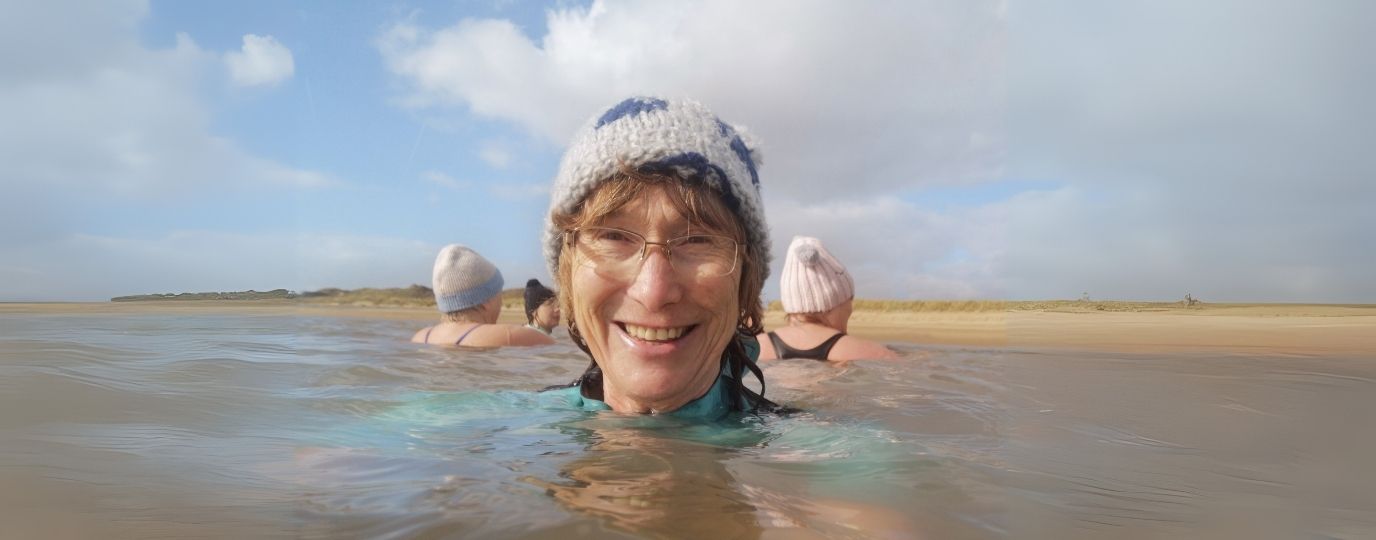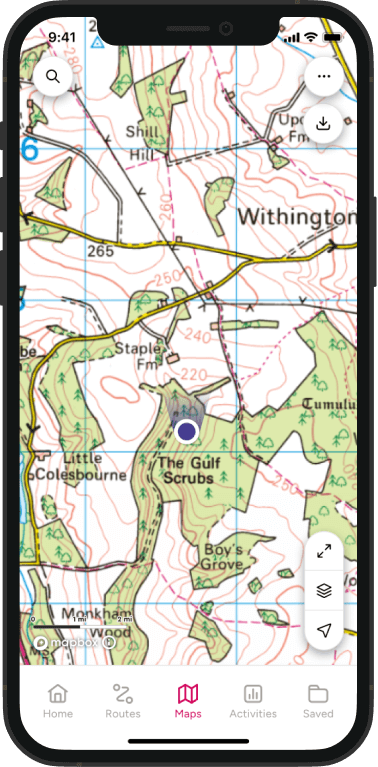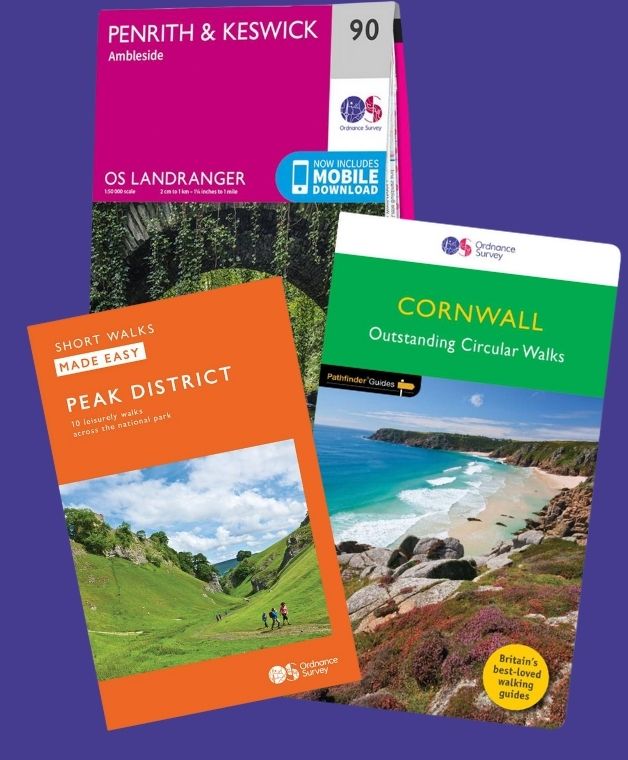Everything you need to know about water quality if you are swimming outdoors
Fancy a wild cold water dip in the sea, lake, loch, river or stream? We asked the experts at Outdoor Swimmer Magazine how clean our waterways are for swimming, and how to stay safe.
Before we had pools, everyone swam outdoors. But, because pools are safer, warmer and easier to control, indoor swimming became the norm. Over the past few years, however, we’ve seen a huge boost in the numbers of people discovering the joys and freedom of swimming in natural bodies of water.
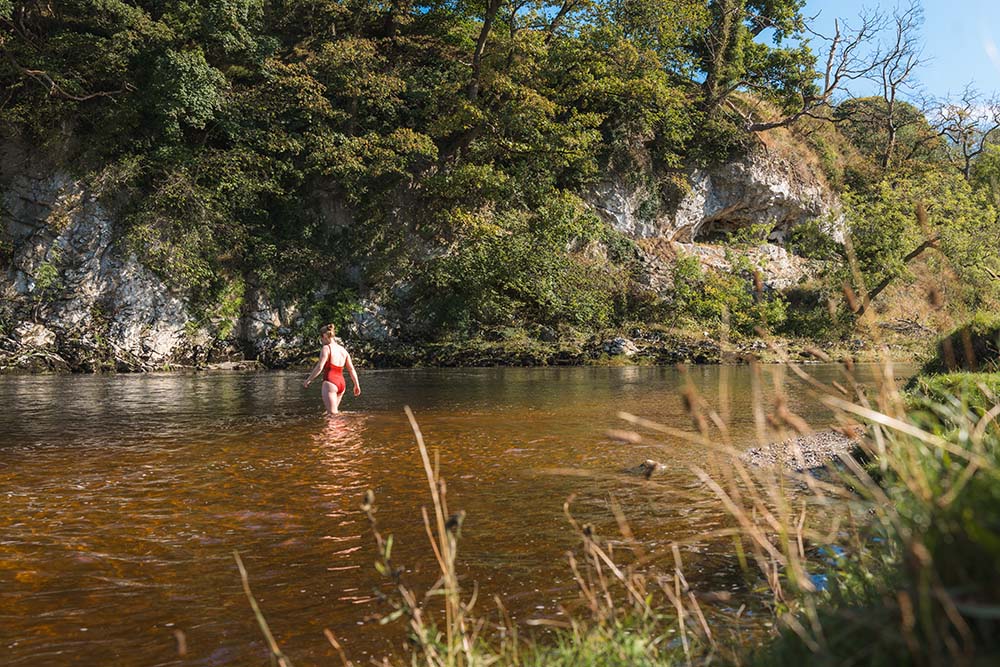
One of the consequences of this rapid growth in outdoor swimming is that it’s kicked up a storm around water quality. Not only have outdoor swimmers demanded information about pollution, but they’ve also put pressure on governments and water companies to clean up our environment.
This is clearly great news, but it’s starting to backfire. Outdoor Swimmer Magazine’s most recent Trends in Outdoor Swimming report showed that concerns about water quality were one of the biggest barriers to swimming outdoors.
How safe is it to swim in the UK’s lakes, lochs, seas, rivers and streams, and what can we do to mitigate those risks?
The state of our waterways
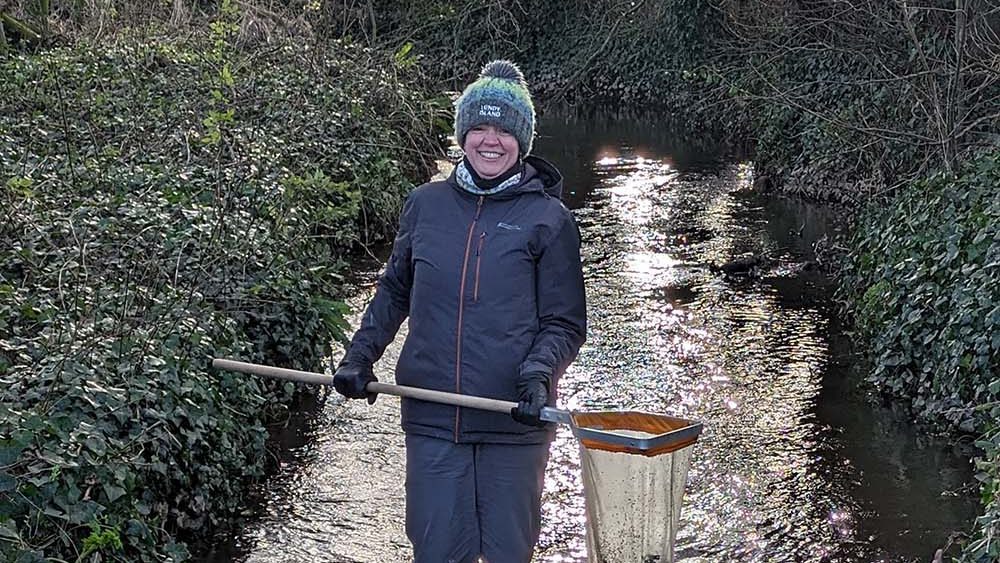
The answer is a bit of both. It’s true that we have more awareness of pollution, but data from Surfer’s Against Sewage published in April 2025 shows that pollution in English waters has reached a 10-year high.
“The current public concern about sewage pollution in rivers is a good thing. The more pressure people put on politicians, the more likely it is they will act to tackle the problem,” says Outdoor Swimmer’s Founder Simon Griffiths in this article. “But there is a downside too. In our most recent Attitudes to Outdoor Swimming Survey, swimmers listed pollution as the biggest barrier to future growth in outdoor swimming.”
Pollution, especially from sewage, can put our health at risk. In 2024 alone, Surfers Against Sewage received 1,853 Sickness Reports through its Safer Seas & Rivers Service app – an average of five people getting sick per day after using the water.
Does this mean you should go back to the pool? The answer is an emphatic no.
“The Sewage Scandal does have a thin silver lining. It has resulted in better information,” says Simon. “I’m more comfortable swimming in the Thames than I was five years ago – although I’m also more selective about when I swim.”
Simon is talking about the information we can get from Surfers Against Sewage and The Rivers Trust that shows when and where water companies discharge sewage. He mentions the citizen scientists who collect and share water quality findings, and the swimming groups who have successfully campaigned for Bathing Water Status at their swim spots.
“Outdoor swimming, even in the shadow of pollution concerns, remains a joyful way to connect with nature and ourselves,” says Simon. “Personally, I think the benefits still far outweigh the risks, especially when we use the data. I encourage you to explore what data you can find about your regular swimming spots to swim smarter and with more peace of mind.”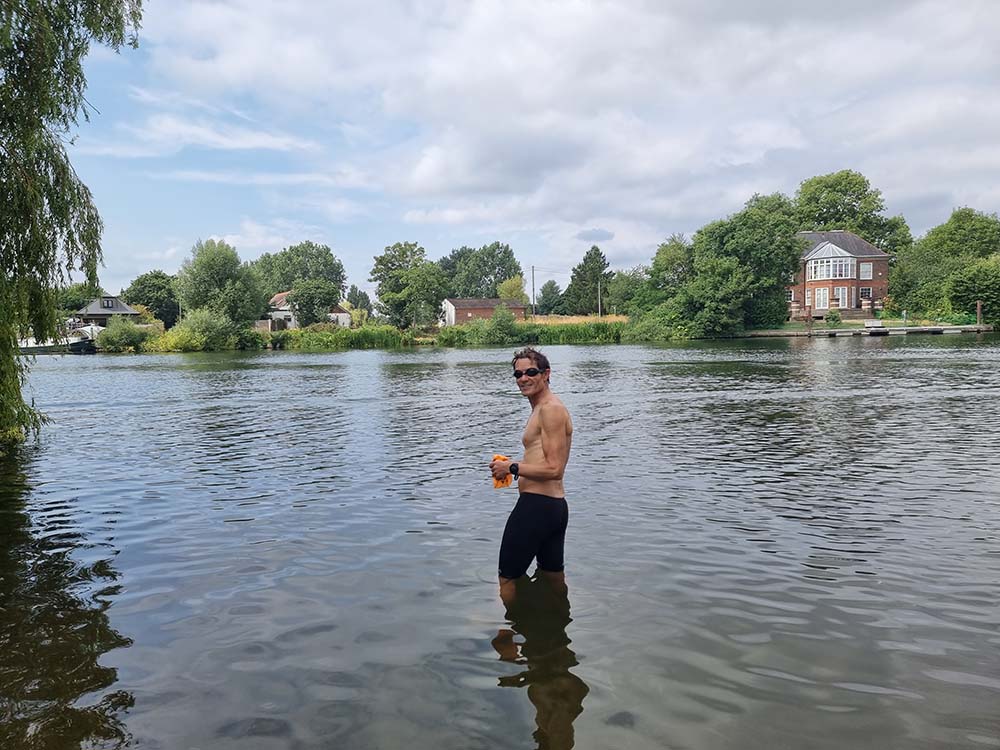
Outdoor Swimmer’s founder, Simon in the Thames
So, how do we stay safe from pollution?
First of all, use the data. Download the Safer Seas & Rivers app or the Rivers Trust Sewage Map to see real-time data about sewage spills.
Secondly, become familiar with how the weather affects water quality. For example, avoid swimming for 48 hours after heavy rain because this is when sewage spills, plus you get run off from fields and urban areas.
Thirdly, learn to recognise visible signs of pollution (pollution isn’t always visible) using these warning signs from Rebecca Duncan at The Rivers Trust:
Murky or foamy water: Unusual discolouration, cloudiness, or surface scum can all indicate the presence of pollution.
Unpleasant odours: A strong sewage smell suggests a recent or ongoing wastewater discharge.
Algal blooms: These are easy to spot, look for large areas of green on the surface – sometimes looking a like a green paint spill.
Visible litter: Obvious signs of plastic waste or other rubbish often signal poor water quality.
Recent heavy rainfall: Storm overflows release sewage during and soon after heavy rainfall, additionally rain can wash pollutants from farmland and roads into rivers.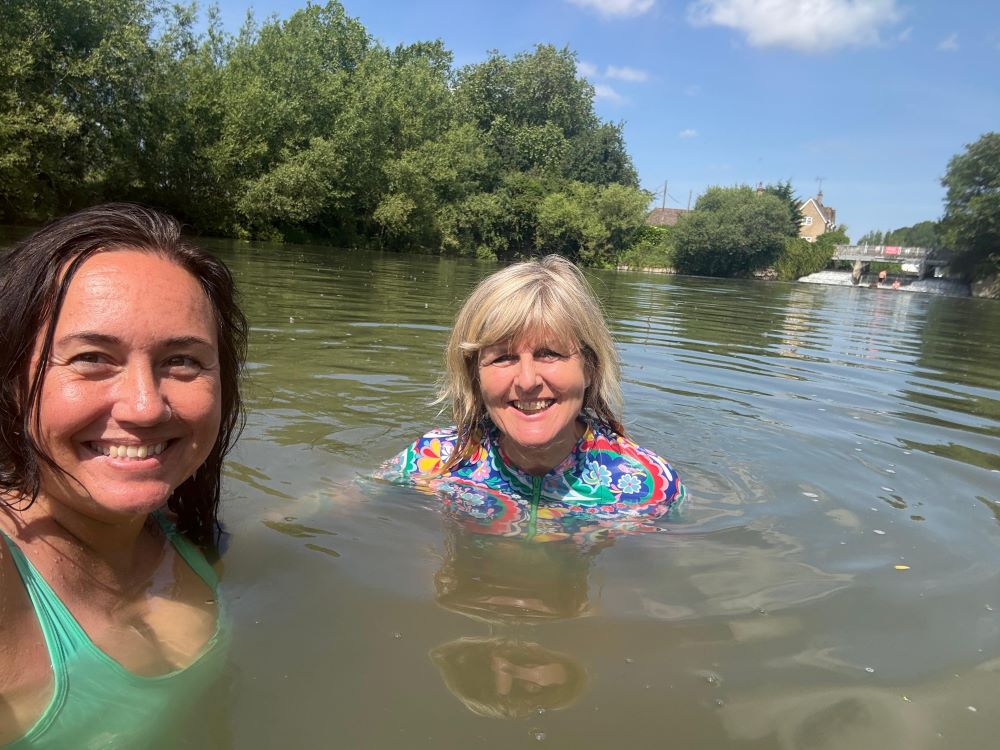 OS Champions Natasha Sones and Jo Moseley are both keen outdoor swimmers
OS Champions Natasha Sones and Jo Moseley are both keen outdoor swimmers
If you’re still concerned about stripping off and dunking in a body of water, you can follow good swimming hygiene practices to minimise the risk of getting sick.
“When you do swim, if you’re in any doubt about the water quality, keep your head above the water and shower as soon as you get home,” says Rebecca. “As well as your warm layers and tow float for safety, you should also wear earplugs, cover any open wounds, wash your hands and rinse your mouth out post-swim as regular parts of your swim routine.”
Add your voice to the fight against water pollution
Swimmers are central to the fight against pollution. As more of us enjoy dipping outdoors, more of us can advocate for better water quality.
In September, Outdoor Swimmer reported on an incredible non-stop, three-day relay from the source of the River Thames, finishing at Westminster, to call for urgent Government action to end the UK’s sewage crisis.
But you don’t have to swim the length of the Thames to add your voice. You can:
- Join a campaign group for your local waterway
- Become a citizen scientist
- Learn how to test water
- Join the Big River Watch
- Volunteer
- Report sewage spills to your local MP
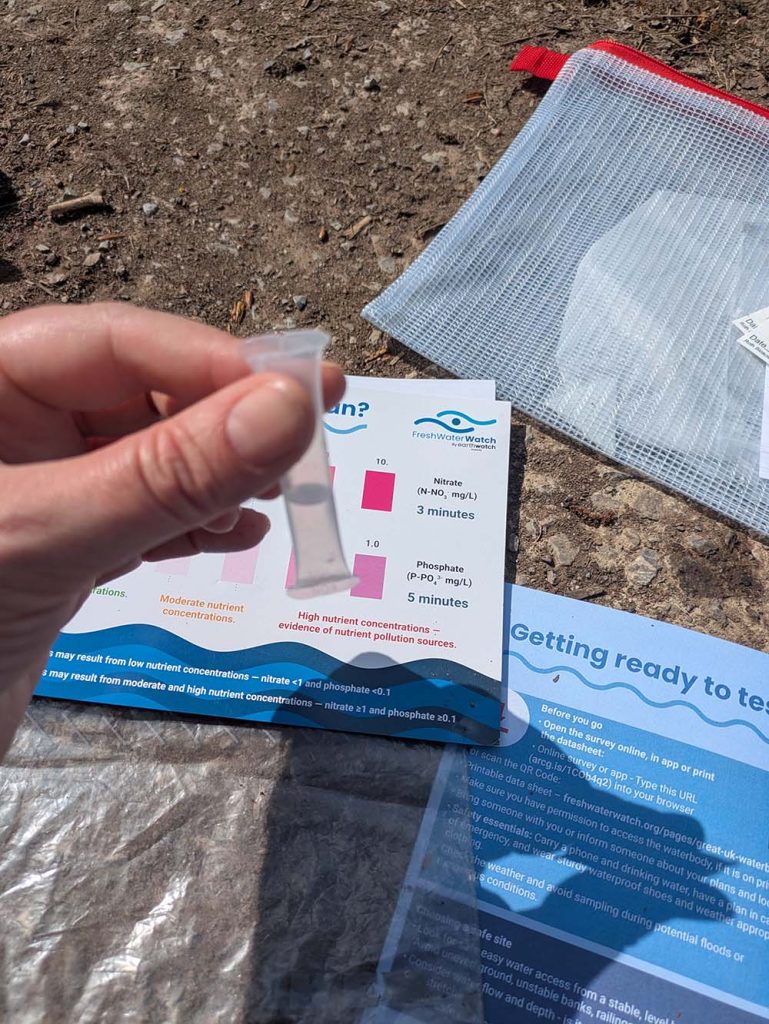
“Please don’t let the sewage scandal put you off swimming and miss out on all its benefits,” says Simon Griffiths. “While it’s neither desirable nor acceptable, for now we do need to add sewage pollution to the list of risks to weigh up when choosing whether or not to swim. Trust your instincts and judgement to choose safer times and places to swim. Stay alert, keep campaigning for better water quality, and, most importantly, keep swimming.”

By Rowan Clarke
Rowan Clarke is the lead features writer for Outdoor Swimmer magazine.
You can follow Rowan’s adventures on Instagram @_finsandgoggles_
